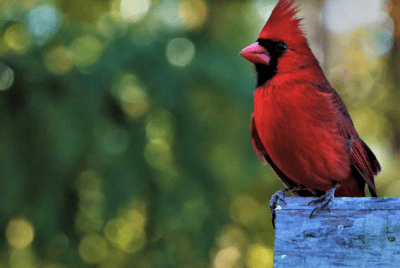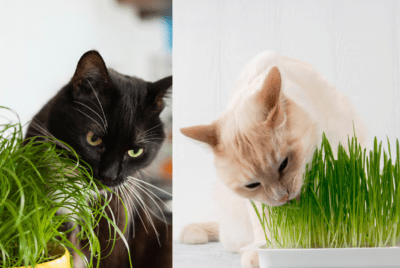RESEARCH
Analysis of Horticultural Activity Programs in Research Articles on Horticultural Therapy for Children in Korean Journals
Summary
This study analyzed research articles on horticultural therapy for children published in Korean journals over the past 20 years. Horticultural therapy involves using gardening and plant-related activities to help people, especially children, develop physically, emotionally, and socially. The researchers found that most programs consisted of 11 to 15 sessions, held once a week, and lasted for ten weeks or less. These programs often included arts and crafts activities and used flowers and vegetables. The study highlighted the importance of using plants in these programs but noted that many articles did not specify the types of plants used or where they came from. This lack of detail could limit the effectiveness of horticultural therapy.
The study suggests that to make horticultural therapy more effective for children, programs should focus more on cultivating and observing plants, rather than just using them for crafts. This approach would help children understand the lifecycle of plants and develop patience and responsibility. The researchers also recommend selecting suitable plant species and developing programs that allow children to grow and harvest their own plants. This would enhance the therapeutic benefits of horticulture by providing children with direct experiences of nature and fostering a deeper connection with the environment.







